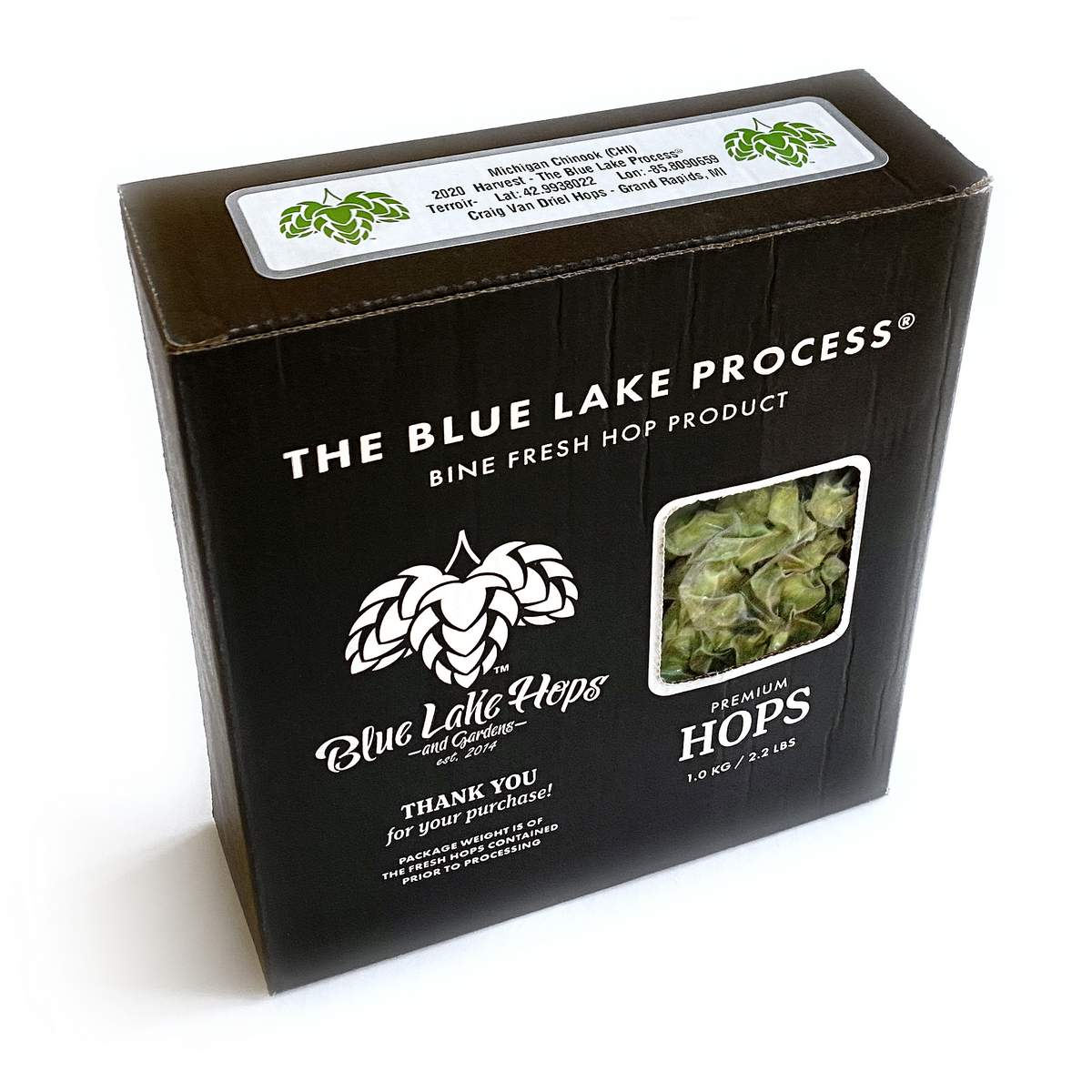
Michigan is in the perfect parallel for making great hops. Here’s how John Mallett, vice president of operations at Bell’s Brewery, which grows two acres of hops next to its Comstock, Mich., brewery, described it in a previous interview:
“If I’m looking out across the world where hops are grown, there are certain parallels with great hop growing regions,” Mallett continued. “There’s an area located in the hop growing area of Germany [Tettanang] that is located next to a large lake [Lake Constance or “Bodensee“]. There are lots of cherries and apples grown there. The weather’s a little cooler. You contrast that with like Yakima or Idaho, things are very dry. Everything is irrigated. The soil types are different. So, in some ways, we may be closer to Germany than we are to Washington from a growing standpoint, and that is a positive.”
It’s an opportunity for a unique hop experience — the Michigan or Midwest hop experience — well-grown, generational hops that present bold and unique flavors because of their unique growing environment. Of course, the Michigan hop industry has been struggling lately (read all about here). Jim Schlichting, owner of Blue Lake Hops in Twin Lake, Mich., has been through it.
“We retired and some property came available right next to our residence,” said Schlichting. “It was 40 acres, and we wanted to do something with that. Back in 2014 everyone was interested in hops here in Michigan, so I hopped on the bandwagon and started growing. And then, after a couple of years, I realized if we’re going to make any money on this, we had to find something other than traditional hops for brewers.
“Farmers are faced with all these grower and processing costs. You’re taking a fresh product drying it of virtually all its moisture, bailing it, milling it, compressing it into pellets. I just took a step back and realized that all around us are blueberry and cherry growers and apple growers. They’ve found ways to sell fresh product year-round. If we can take a fruit and sell it at Walmart in the middle of winter, why can’t we do the same thing with hops?”
You’re clearly business savvy. Congrats! So, we highly suggest you check out our new column curiously called The Beer Flow. It’s all about beer data. Click here!
Let us introduce you to Blue Lake Hops and the Blue Lake Process. Moments after harvest, Midwest-grown hops are rushed into a refrigerated truck and sent off to a Detroit facility for specialized cryogenic preservation. Cascade, Michigan Chinook, Michigan Copper, Crystal and beyond, Blue Lake Hops supplies a variety of frozen fresh hops to breweries looking to experiment with their brands — especially with those harvest beer recipes that are so popular in the fall.
“Harvest brewing uses whole hops,” said Schlichting. “That’s the model that we encourage people to look at, what do they do with a fresh whole hop, and what it comes down to is recipe variations. People use anywhere from a three to one to a seven to one ratio weight-wise between pellets and whole cones. But you know, they’re actually doing a lot of different things with these frozen hops. I say let your creative juices flow.”
Michigan has all the preconditions to propagate quality hops: long day lengths to flower and produce adequate cone yields and those specific chilling requirements with winter temperatures below 40 degrees F for at least one to two months. Ideal conditions for hop growth include sufficient spring moisture (check) followed by significant periods of summer sun and balmy heat (check) to ensure ample full development of those lovely chemical compounds. Also, marketable yields of hops are produced in well-drained, deep, sandy loam soils (check, check, check).
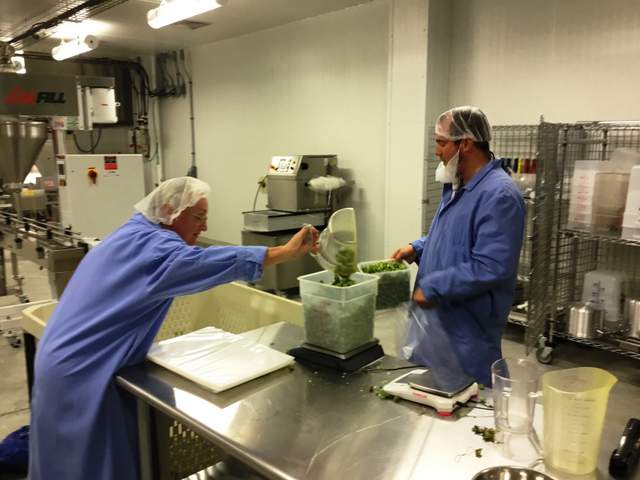
Now, the Blue Lake Process allows access to fresh off-the-bine hops for use by craft breweries and homebrewers all year long — not just during August and September. Schlichting said the Blue Lake Process preserves 85 to 90 percent of the natural hop qualities created by nature. Plus, the physical integrity of the hop cone and all the bittering and aroma properties that you and your customers crave are nearly perfectly preserved. That means brewers can thaw these, rub them between their hands, throw them in a brew, use them in the taproom (hop garnish!) or just roll around in them and experience, um, what’s the word?
“The keynote of every comment is there’s this freshness to it,” said Schlichting. “The samples that I’ve tasted, beers done with our process, there is another dimension to them. There’s a unique fresh taste to it, and that’s the only word I can use.”
Not convinced? Well how about some free samples, naysayer? Blue Lake Hops is willing to send them out to both progressive commercial brewers and experimental homebrewers.
“The largest quantity of samples we have are 1 kilo or 2.2-pound bags,” said Schlichting. “We tailored those towards the homebrewers because that’s where the market was a year ago. We also have some 5 ½-pound packaging for some of the product. We’re willing to put together the number of packages that a brewer says they need to do their test runs. All we ask is that we get a comment in a return — good, bad or indifferent and why”
Seems like a pretty solid deal. Contact Blue Lakes Hops right here.

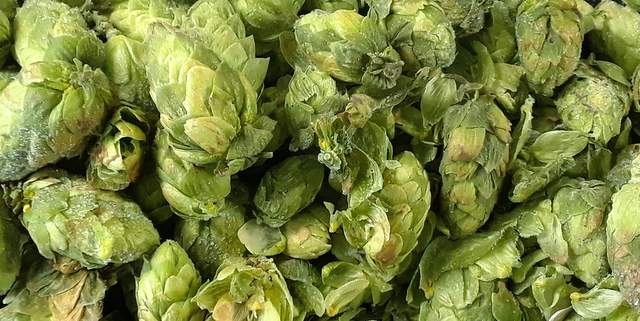

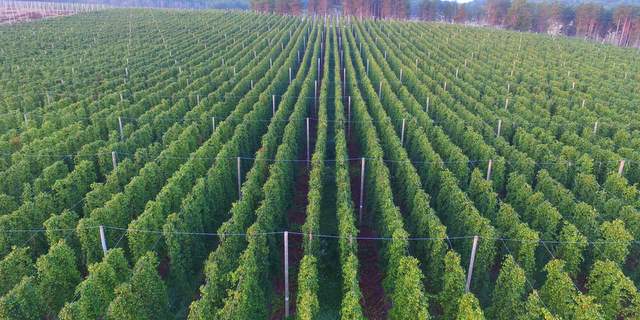
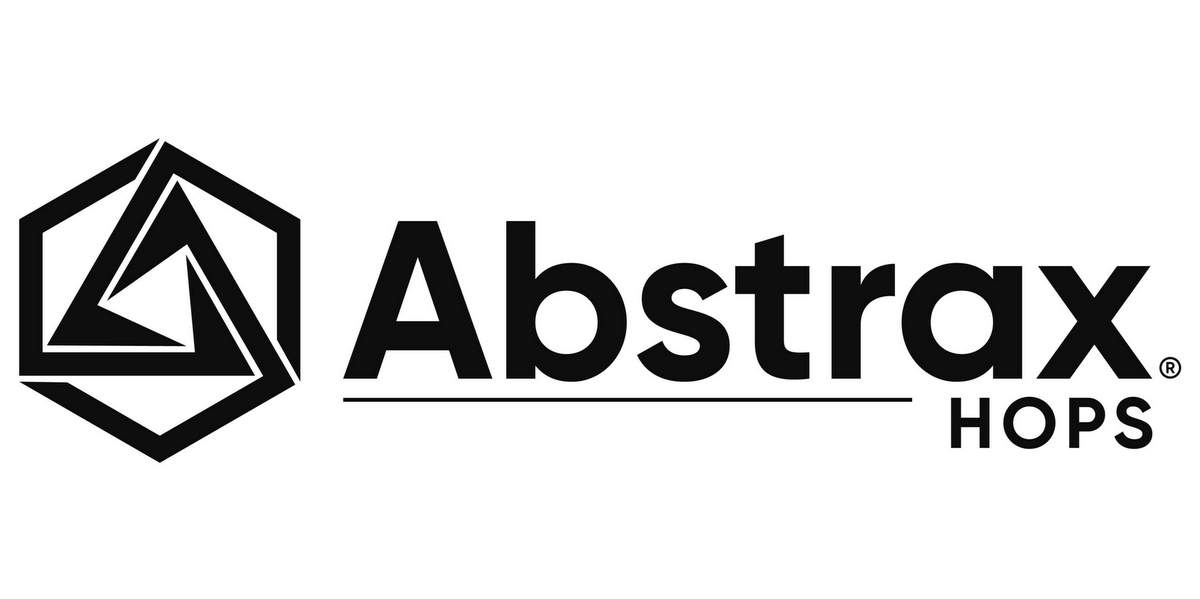
Leave a Reply
You must be logged in to post a comment.